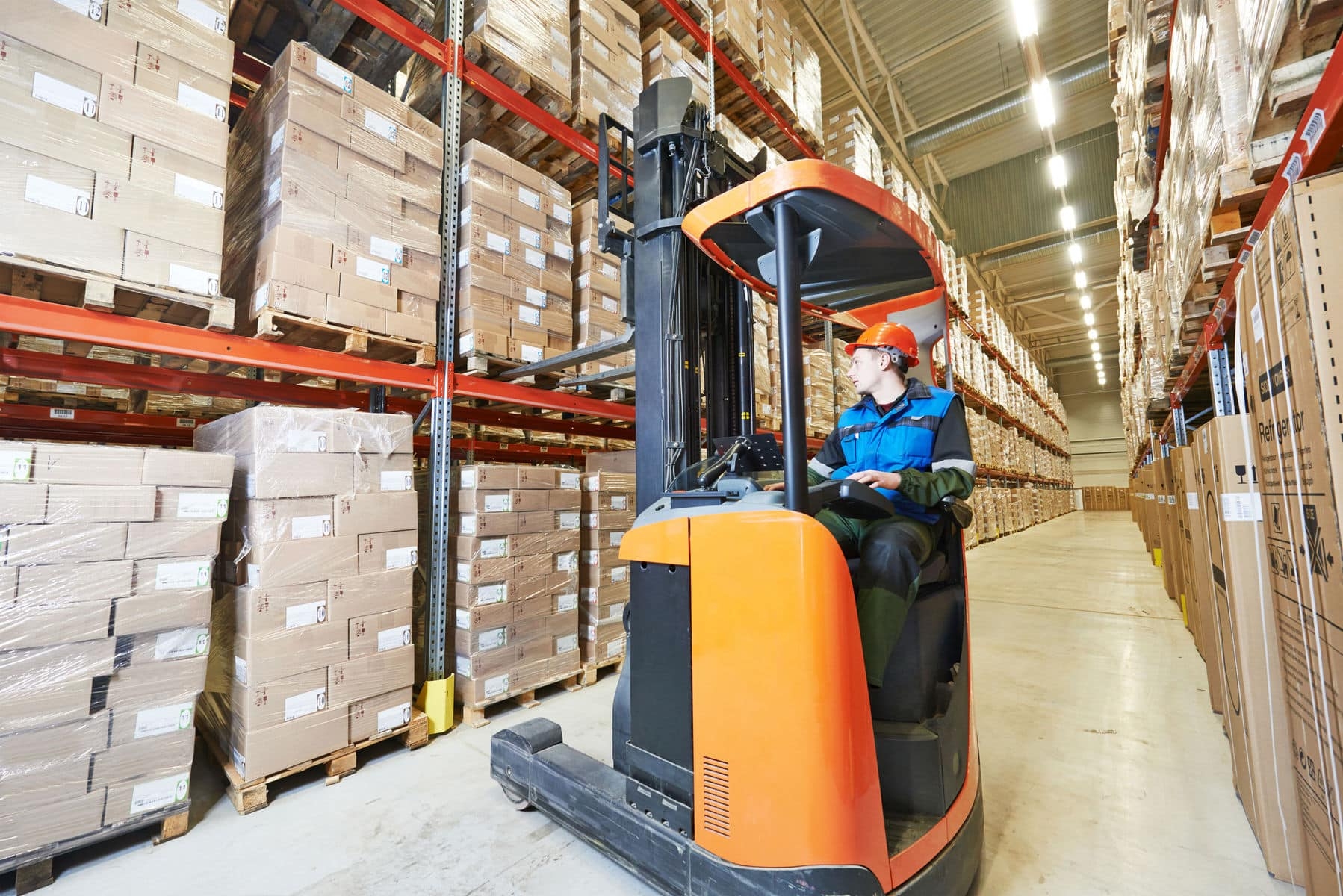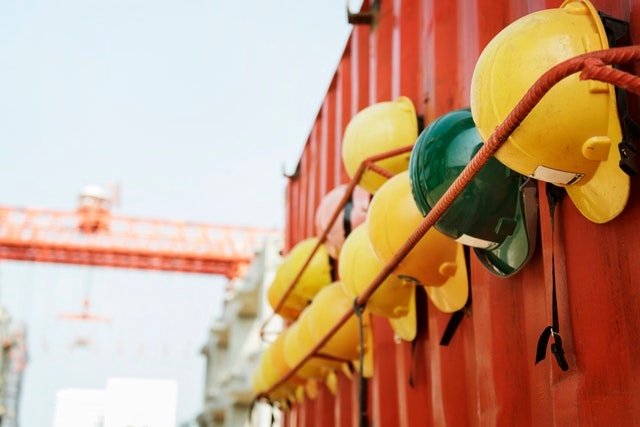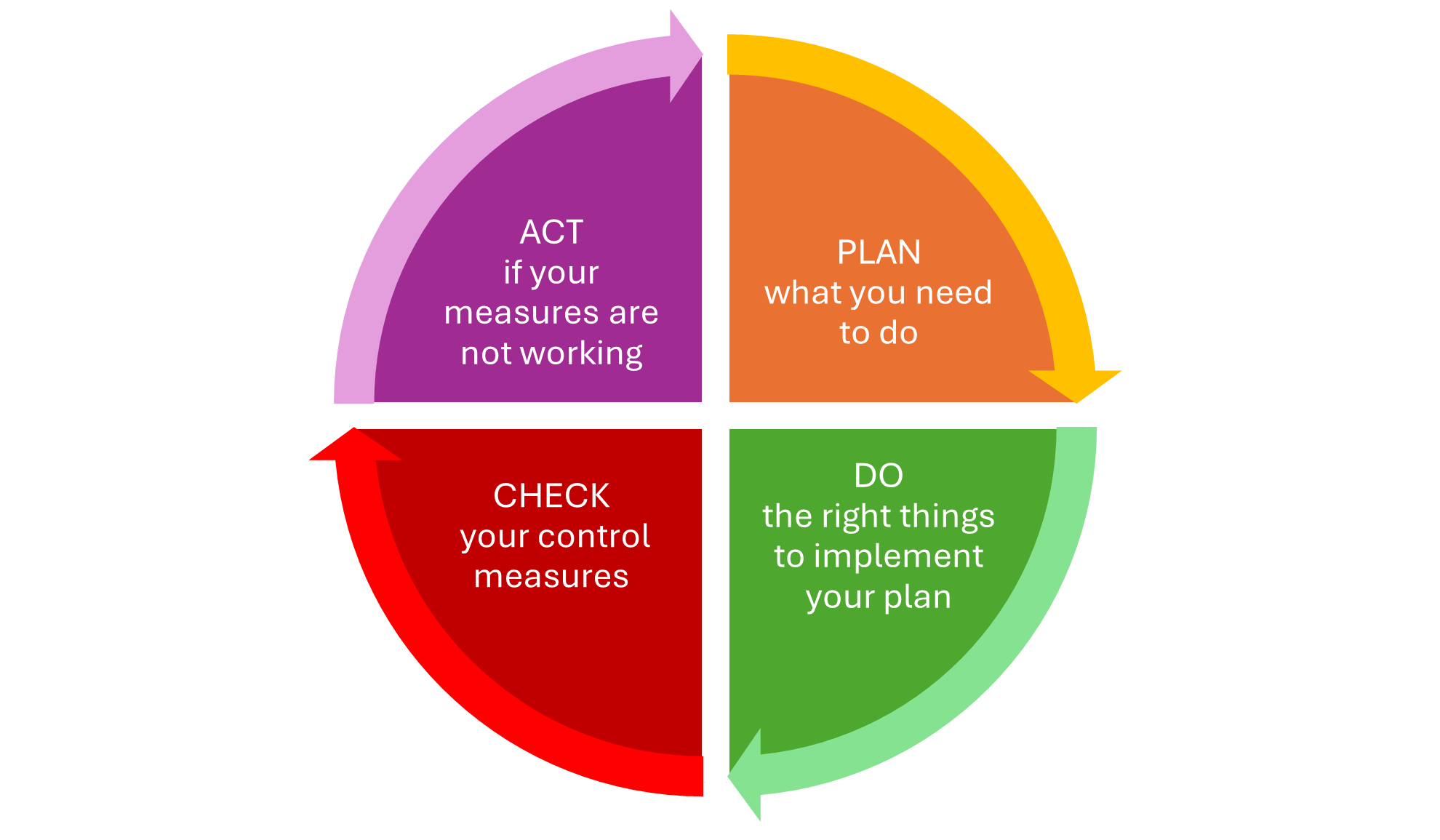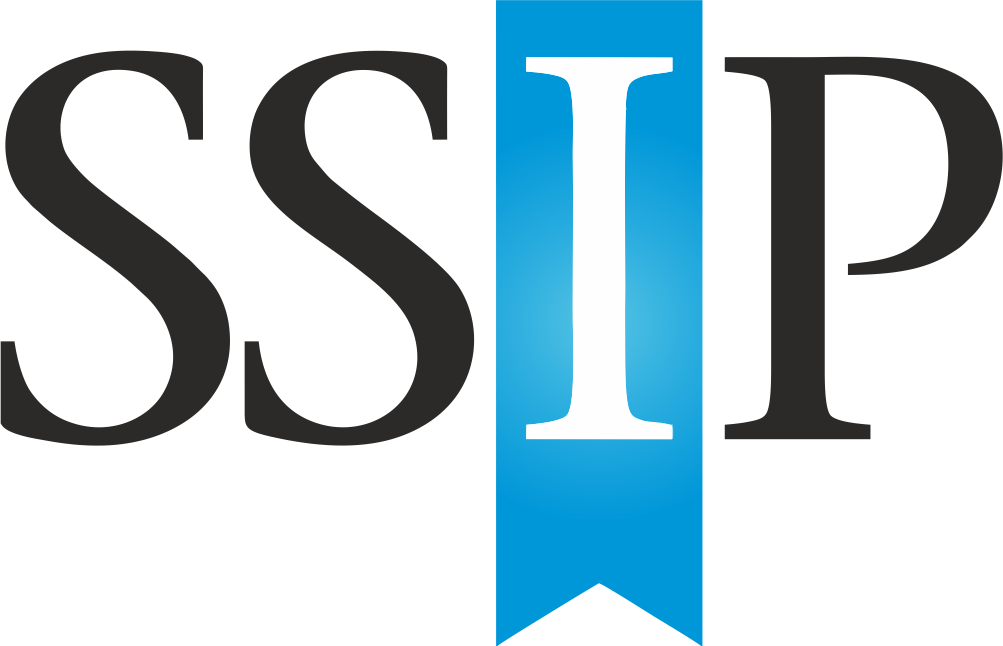What is the Importance of Conducting an Effective Safety Audit?
Conducting an effective safety audit is important for several reasons:
- Identifying hazards and risks: A safety audit helps to identify potential hazards and risks in the workplace, which can then be addressed and controlled to prevent accidents and injuries.
- Improving safety and health practices: A health & safety audit allows an organisation to assess the effectiveness of its current safety and health practices and identify areas for improvement. By making changes based on the findings of the audit, an organisation can create a safer and healthier work environment for its employees.
- Meeting regulatory requirements: In some cases, conducting a safety audit is regulatory requirement. For example, some industries are required to conduct periodic safety audits to comply with occupational safety and health regulations.
- Reducing costs: Accidents and injuries can result in significant costs, including lost productivity, workers' compensation claims, and legal fees. By identifying and controlling hazards and risks through a safety audit, an organisation can reduce the likelihood of accidents and injuries, which can ultimately lead to cost savings.
- Improving employee morale: A safe and healthy work environment can improve employee morale and engagement, which can lead to increased productivity and retention. By conducting a safety audit, an organisation can demonstrate its commitment to the well-being of its employees – In the USA a study conducted by EHS today & KPA reported 58% of companies stated Employee safety management was an extreme focus for them with over a quarter citing it was with a view to improve morale/culture.
Who Can Conduct a Health and Safety audit?
There are a few different options for who can conduct a health and safety audit:
- Internal audit team: Some organisations have an internal team of safety professionals who are responsible for conducting safety audits. This may be safety managers, occupational health and safety coordinators, or other employees who have been trained in safety audit procedures.
- External consultant: Another option is to hire an external consultant to conduct the safety audit. This can be useful if the organisation does not have the necessary expertise in-house or if it wants to bring in an objective third party to assess the safety and health practices.
- A combination of both: Sometimes an internal team or safety manager may want to ensure they are ticking all boxes as well as providing an insurance safety net by hiring an external consultant like us. Our packages provide you with a full overview of how compliant your business is and if you sign up to our ongoing support packages you will also be covered with our advice guarantee. Which will protect you from having to pay the HSE’S fee for intervention should they visit your premises (terms and conditions apply).
Please note well, the people conducting the audit must be classed as a competent person
What is Included in a Health and Safety Audit Checklist?
A health and safety audit checklist is a tool used to evaluate the safety and health practices, policies, and procedures in a workplace. The specific items included on a checklist will depend on the nature of the workplace and the hazards and risks present, but some common items that may be included on a health and safety audit checklist include:
- Physical premises: For example, items such as lighting, ventilation, and fire safety systems.
- Work equipment: For example, items such as machinery, tools, and personal protective equipment.
- Work processes: e.g., procedures for handling hazardous materials or working at heights.
- Management systems: e.g., include reviewing health and safety policies and procedures, training programs, and incident reporting systems.
- Emergency preparedness: For example, how prepared is your business for some of the following situations - such as evacuation plans, first aid kits, and emergency drills.
- Personal protective equipment (PPE): Items such as hard hats, gloves, and safety glasses.
- Workplace safety signage: This might include items such as caution signs, exit signs, and hazard warning signs.
- Chemical safety: Storage and handling of hazardous chemicals, and the availability of Material Safety Data Sheets (MSDS).
- Accident and incident investigation: This includes items such as procedures for reporting and investigating accidents and incidents.
- Training: What is the availability of safety training, the frequency of training or do you have options for e-learning.
How to Conduct a Health and Safety Audit?
- Identify the scope of the task: First of all you need to identify the scope of the audit as it has potential to contain a whole host of items. These could include the physical premises, equipment used whilst at work, health and safety management systems. Basically anything that could cause potential dangers or processes that can help prevent them. A risk assessment is a handy way of identifying risks and hazards and documenting the findings.
2. Gather Information: Start with what you already know. Gather data on injuries and near miss incidents. Identify patterns in these. You may want to conduct an internal survey as the staff working day to day in the business may have spotted stuff as they work in that environment every day.
3. Evaluate the information: Use the information collected to assess the effectiveness of the current safety and health practices in the workplace. Look for any potential hazards or risks and determine if the current practices are sufficient to control these hazards and mitigate risks.
4. Identify areas for improvement: Based on your evaluation of the information and data gathered, now is the time to identify any areas where safety and health practices could be improved. This includes identifying policies or procedures that are outdated or inadequate or any additional training or resources are needed. Take a view of the most cost effective and safe way to drive change.
5. Develop recommendations: These recommendations should be specific and actionable and should consider the resources and budget available. Prioritise recommendation by how pressing and potentially harmful they could be. We use some handy matrix and score systems internally to highlight these.
6. Present findings and recommendations: Once you have developed your recommendations, it is important to present them to management and relevant stakeholders. This could potentially involve preparing a report or presenting your findings in a meeting. Be sure to clearly explain the rationale for your recommendations and the potential benefits of implementing them. This should highlight any relevant data or evidence to support your recommendations or demonstrating how they align with industry standards or best practices.
7. Implement changes: Implement any necessary changes needed to improve the safety and health practices in the workplace. For example, updating policies and procedures, providing additional training, or purchasing new equipment.
8. Follow up and evaluate: It is important to follow up on the implemented changes to ensure that they are effective and to identify any additional areas for improvement. This might involve conducting additional audits or monitoring the effectiveness of the changes over time. It is also important to periodically review and update policies and procedures to ensure that they remain relevant and effective.
Overall, conducting a health and safety audit is a crucial step in ensuring the safety and health of employees in the workplace and protecting your business & staff to comply with Health and Safety at Work Act
Advantages of Hiring a Health and Safety Consultant from Wirehouse:
We can offer the following:
- We have experienced and trained staff who have the necessary qualifications to ensure your compliance.
- We provide relevant H&S documentation which are bespoke to your business needs
- Support you with Risk Assessments and Method Statements
- Deliver Fire Risk Assessments
- We give you 24/7 access to advice line for support with any Health & Safety issues
- Provide onsite support for any major emergency or incident
- Train and support staff through accredited courses, classroom training or E-Learning
- Support with achieving accreditations such as CHAS
- Cover for Fee for Intervention costs (if we miss something in our audit and you get a visit from the HSE we cover the cost) The HSE charge £163 per hour if the visit your premises and find you are in breach of health and safety regulations.
If you need help from an expert team conducting your health and safety audits for your business contact us by email or 03333 215 005






